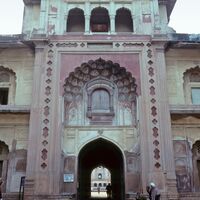 Tomb of Safdarjung
Tomb of Safdarjung entrance gate
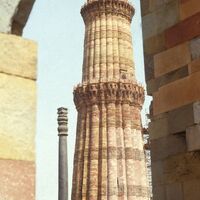 Qutb Complex
Qutb Complex Qutb minar
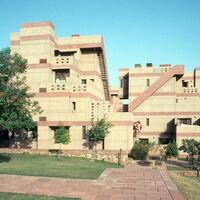 National Institute of Immunology
National Institute of Immunology archt. raj rewal
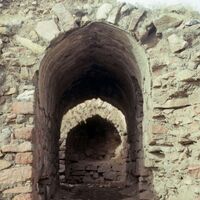 Tughlaqabad Fort
Tughlaqabad Fort 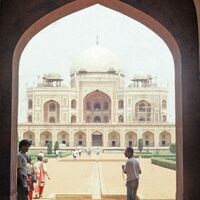 Humayun's Tomb
Humayun's Tomb view from gate
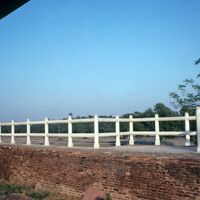 Red Fort
Red Fort railing detail
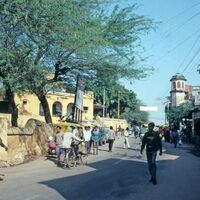 Mehrauli (neighborhood)
Mehrauli (neighborhood) 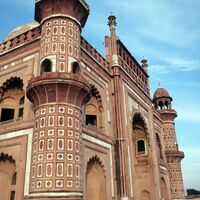 Tomb of Safdarjung
Tomb of Safdarjung corner detail
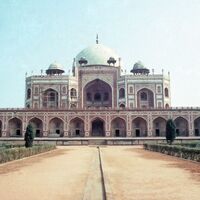 Humayun's tomb
Humayun's tomb façade
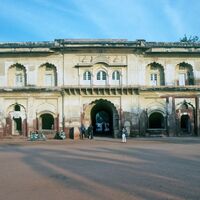 Tomb of Safdarjung
Tomb of Safdarjung interior view of the gate
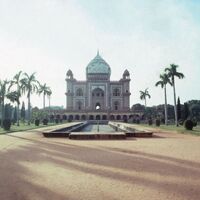 Tomb of Safdarjung
Tomb of Safdarjung 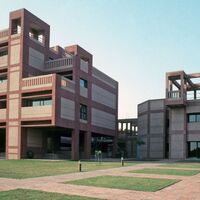 National Institute of Immunology
National Institute of Immunology 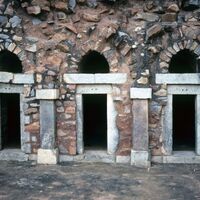 Hauz Khas Complex
Hauz Khas Complex The Hauz Khas Complex houses a water tank, an Islamic seminary, a mosque, a tomb and pavilions built around an urbanized village with medieval history traced to the 13th century of Delhi Sultanate reign. It was part of Siri, the second medieval city of India of the Delhi Sultanate of Allauddin Khilji Dynasty (1296–1316).
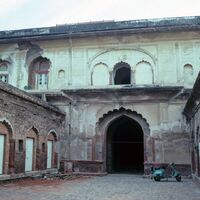 Tomb of Safdarjung
Tomb of Safdarjung Yate store
 Jama Masjid
Jama Masjid verandah
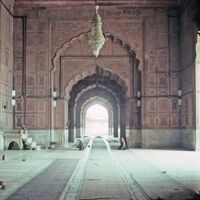 Jama Masjid
Jama Masjid interior view
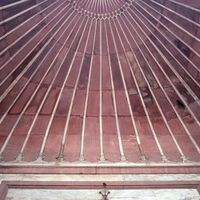 Jama Masjid
Jama Masjid dome interior
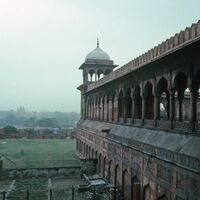 Jama Masjid
Jama Masjid Conceived as the largest mosque of the Indian subcontinent (later surpassed by Aurawgzib's Jami mosque in Lahore), the Jami mosque of Delhi was built as the congregational mosque of Shah Jahan's new city of Shahjahanabad. Located on a high ridge near Shah Jahan's palace-fort (now known as the Red Fort), the mosque is raised on a high plinth and approached by steep flights of steps on the north, east and south sides. The prayer chamber has a prominent central portal, and is surmounted by three bulbous white marble domes and framed with towering minarets. Prayer hall: 27x61 m
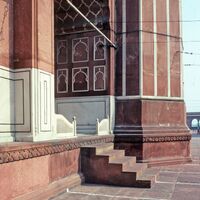 Jama Masjid
Jama Masjid Conceived as the largest mosque of the Indian subcontinent (later surpassed by Aurawgzib's Jami mosque in Lahore), the Jami mosque of Delhi was built as the congregational mosque of Shah Jahan's new city of Shahjahanabad. Located on a high ridge near Shah Jahan's palace-fort (now known as the Red Fort), the mosque is raised on a high plinth and approached by steep flights of steps on the north, east and south sides. The prayer chamber has a prominent central portal, and is surmounted by three bulbous white marble domes and framed with towering minarets. Prayer hall: 27x61 m
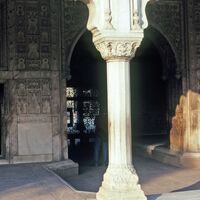 Red Fort, Shahi Burj
Red Fort, Shahi Burj column
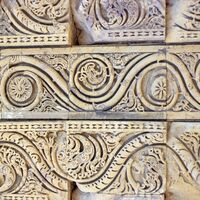 Qutb Complex
Qutb Complex Qutb minar, engraved stone panel
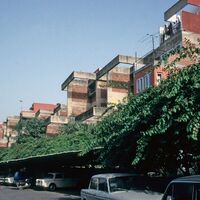 housing
housing 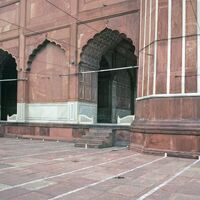 Jama Masjid
Jama Masjid corner detail
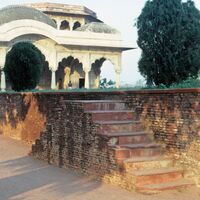 Red Fort, Shahi Burj
Red Fort, Shahi Burj The Red Fort was the residence of the Mughal emperor of India for nearly 200 years, until 1857. It is located in the centre of Delhi and houses a number of museums. In addition to accommodating the emperors and their households, it was the ceremonial and political centre of Mughal government and the setting for events critically impacting the region.
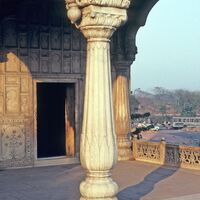 Red Fort, Sawan Pavilion
Red Fort, Sawan Pavilion The Red Fort was the residence of the Mughal emperor of India for nearly 200 years, until 1857. It is located in the centre of Delhi and houses a number of museums. In addition to accommodating the emperors and their households, it was the ceremonial and political centre of Mughal government and the setting for events critically impacting the region.